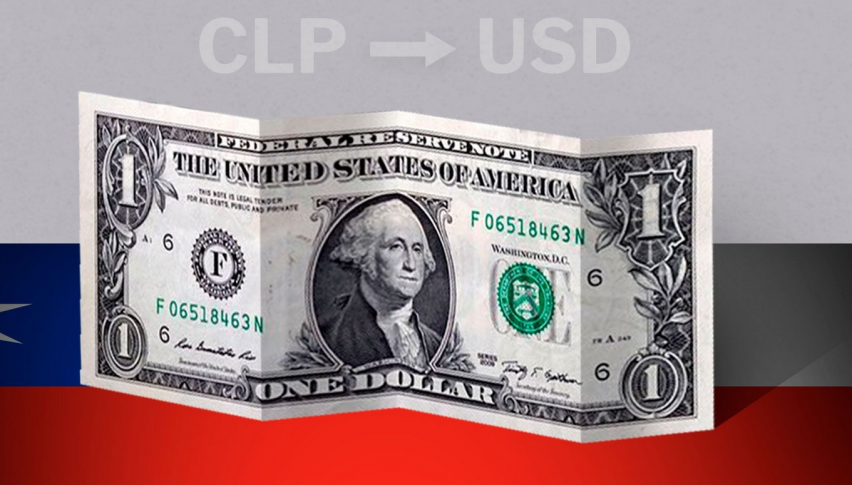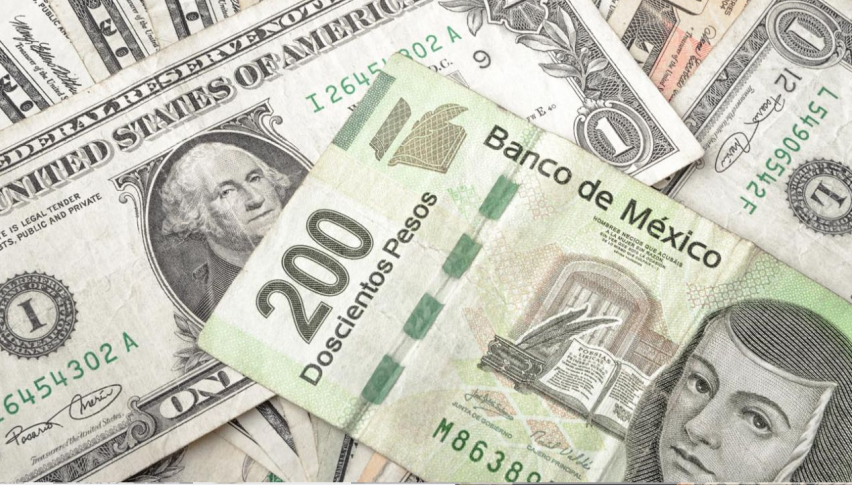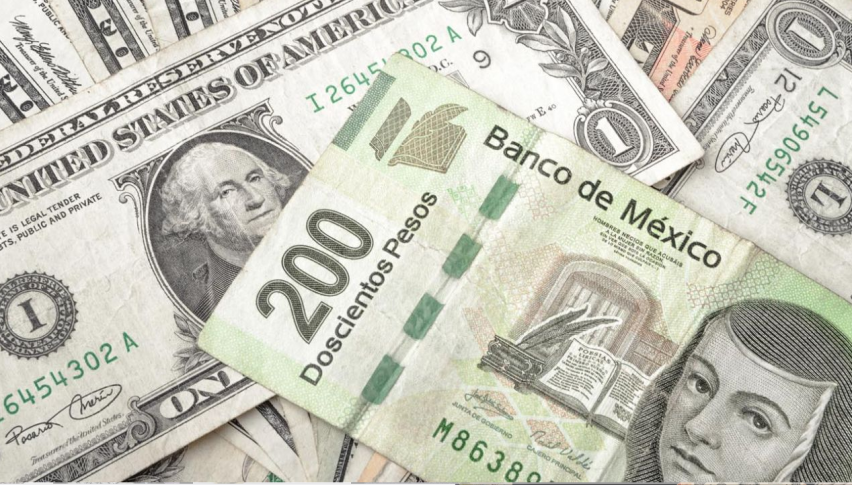Chile: The dollar reverses its initial increase and loses the $945 level following CPI data.
Today's downturn came with support from external factors: the dollar index was down 0.13% at 104.16 points, and Comex copper rose 0.73%.

The USD/CLP parity dropped more than $30 last week, largely due to local factors that analysts still see as relevant, despite some surprises in the inflation report.

The price of the dollar reversed its morning gains this Monday and fell below the $945 level before noon, as investors analyze the latest consumer price data in Chile. The report would not alter the scenario of more gradual cuts deployed by the Central Bank last week, which led to a drop of more than $30 in the exchange rate.
The currency retreated by $5.8 to $944.1 – session lows, after opening the session with a jump to $957 and after registering a weekly drop of $31.4, according to market quotes. Today’s downturn came with support from external factors: the dollar index was down 0.13% at 104.16 points, and Comex copper rose 0.73% to US$4.27 per pound.
According to the National Institute of Statistics (INE), the CPI for March rose by 0.4% month-on-month and recorded an annual rate of 3.7%. The median estimate in the market had pointed to a monthly increase of 0.6%, but had forecasted 3.9% annually.
Although it surprised on the downside in terms of inflation, it does not seem to be enough to alter in any way the scenario that the Central Bank outlined last week in the Monetary Policy Report (IPoM), which indicates a decrease in the speed at which the Monetary Policy Rate (MPR) continues to converge towards its neutral level.
The gradual expected declines in the MPR provide support for the Chilean peso, as they improve profitability prospects through deposits in the national currency, amid a competitive external environment where interest rates remain high.
Core inflation, which is more persistent over time and is the variation most closely monitored by Central Bank authorities, recorded an increase of 0.6%. Thus, and in line with what was stated in its last meeting, Central Bank authorities would continue to decrease their reference rate, but with greater gradualness.
- Check out our free forex signals
- Follow the top economic events on FX Leaders economic calendar
- Trade better, discover more Forex Trading Strategies
- Open a FREE Trading Account



